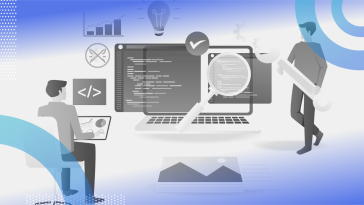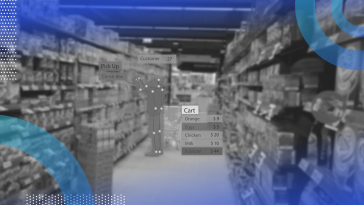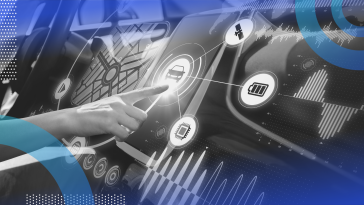Sort By
Most Recent
44 Articles
Grid computing is a distributed computing model that connects multiple computers across different locations to work together on shared tasks. It relies on a central control node and specialized middleware to execute large-scale computations efficiently.
Application lifecycle management provides a structure to software development with five distinct stages. Our expert introduces you to ALM, how it works and its key benefits.
Data labeling is the process of annotating raw data with meaningful tags or classifications so machine learning models can learn to recognize patterns and make accurate predictions.
The Gamma distribution is one of the most popular and commonly used continuous time distributions because it has many real-world applications. Here are some examples.
Node package manager (npm) is the default package manager for the Node.js runtime environment and a software registry for JavaScript software packages. Here’s what you need to know to install and use npm.
Data validation refers to verifying the quality and accuracy of data before using it. These are the main types of data validation, the pros and cons of the process and tips for how to perform data validation.
A graphical user interface (GUI) is a user interface that allows users to interact with electronic devices by using icons, buttons and other visual components. Here’s how they work.
Superposition is a quantum principle that describes a quantum system’s ability to be in multiple states at the same time until it is measured.
Schrödinger’s Cat is a thought experiment illustrating quantum superposition, where a cat is in a sealed box tied to a random quantum event. Until the box is opened and observed, the cat exists in a superposition — simultaneously alive and dead.
Continuous integration (CI) is a software development practice where code changes are frequently merged into a shared repository and automatically built and tested to detect errors early. Here’s why it’s important in software development.
MySQL is a relational database management system commonly used to store and manage the structured data needed to run complex websites. Here’s how it works.
Automation testing validates if software is functioning as designed and meets the requirements for release into production.












